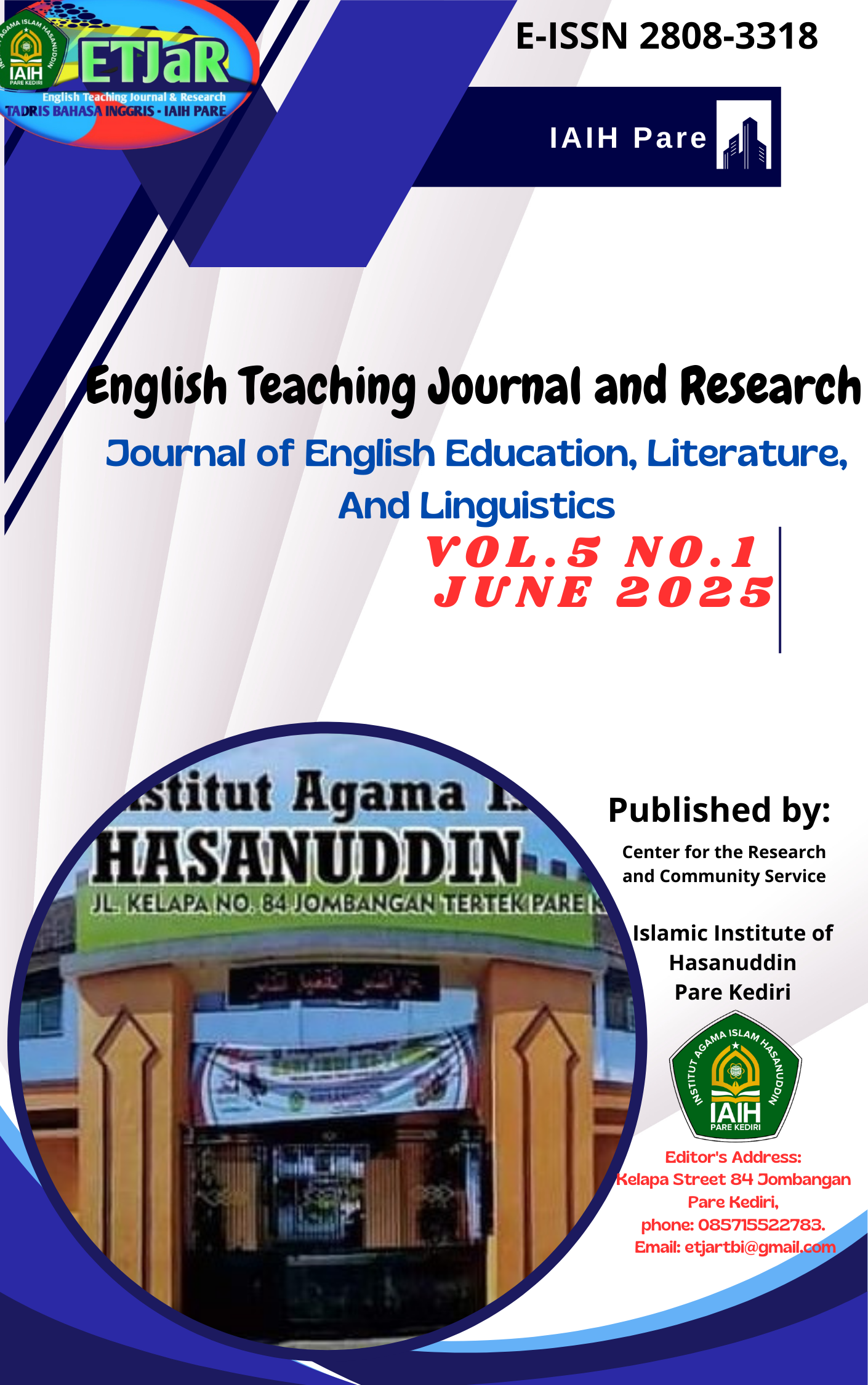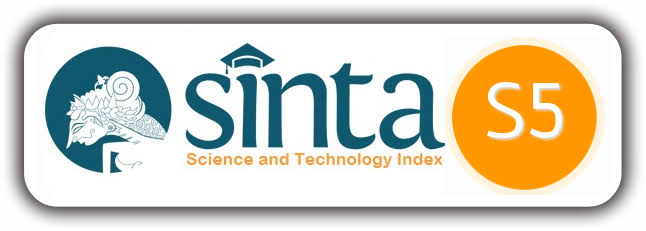The Role of Songs in Supporting Language Development of Pre-School Children with Language Delays: A Systematic Review
DOI:
https://doi.org/10.55148/etjar.v5i1.1659Keywords:
Language development, language delay, preschool children, song-based intervention.Abstract
This systematic review addresses the role of songs in supporting language development in preschool-aged children (3-6 years) with language delays. Based on six selected studies published between 2015 and 2025, this review analyzes the impact of song-based interventions on children's vocabulary acquisition, sentence structure, language comprehension and predictive language processing abilities. The studies used a variety of research approaches, including experimental, quasi-experimental and qualitative, and were conducted in different countries. The results show that songs, through rhythm, repetition and a multisensory approach, can significantly improve children's word learning, speech fluency and engagement in communication. In addition, songs also help children predict language in real-time, by activating cognitive and auditory pathways that are important in language comprehension. This study confirms the potential use of music and rhythm in early intervention programs for children with language delays and provides practical implications for teachers, therapists and parents. Although the results are promising, further research with larger sample sizes and longer intervention durations is needed to ascertain the effectiveness of song-based learning strategies in broader educational and clinical contexts.
Downloads
Published
Issue
Section
License
Please read Copyright Notice for ETJaR: English Teaching Journal and Research (Journal for English Education, Linguistics, and Literature)








